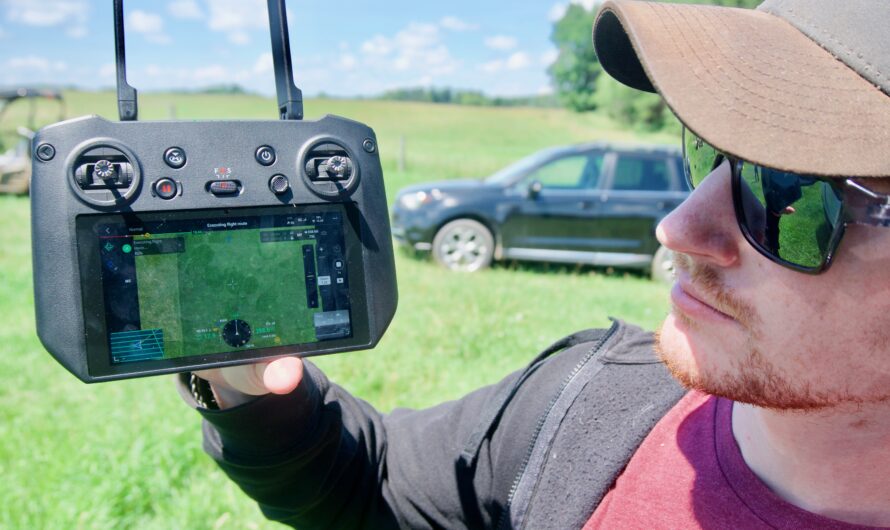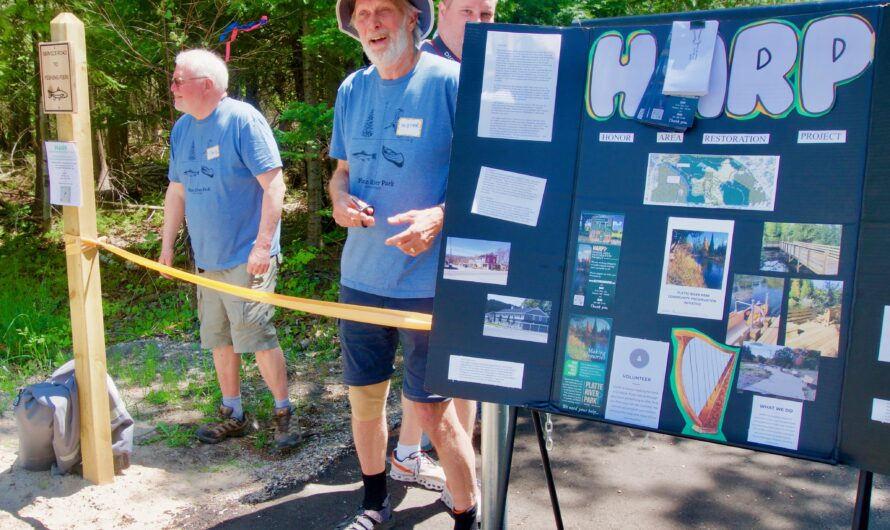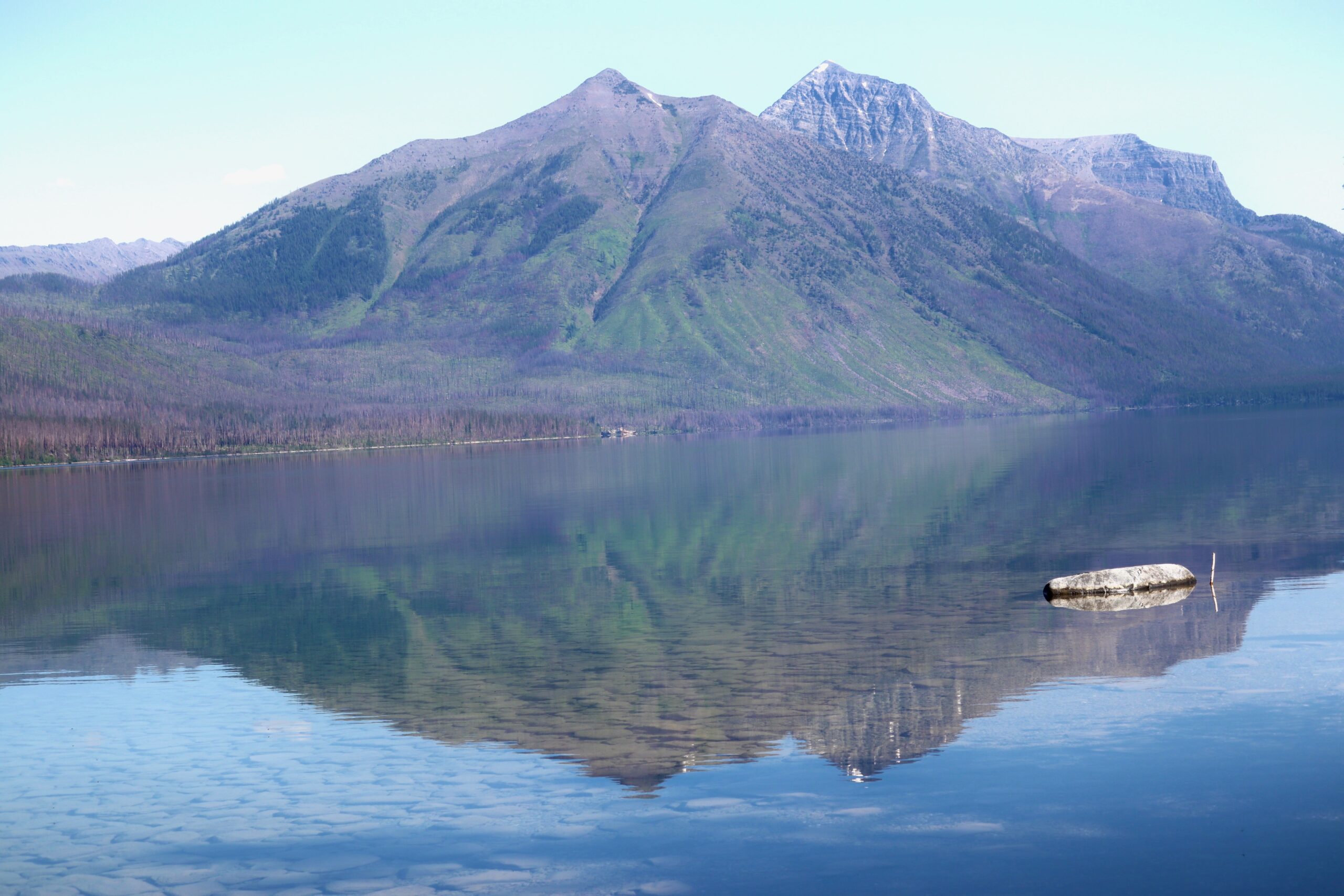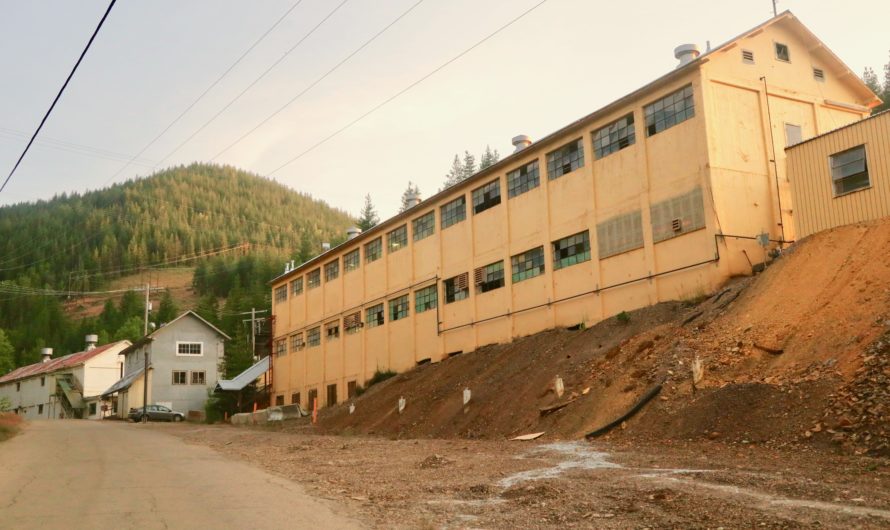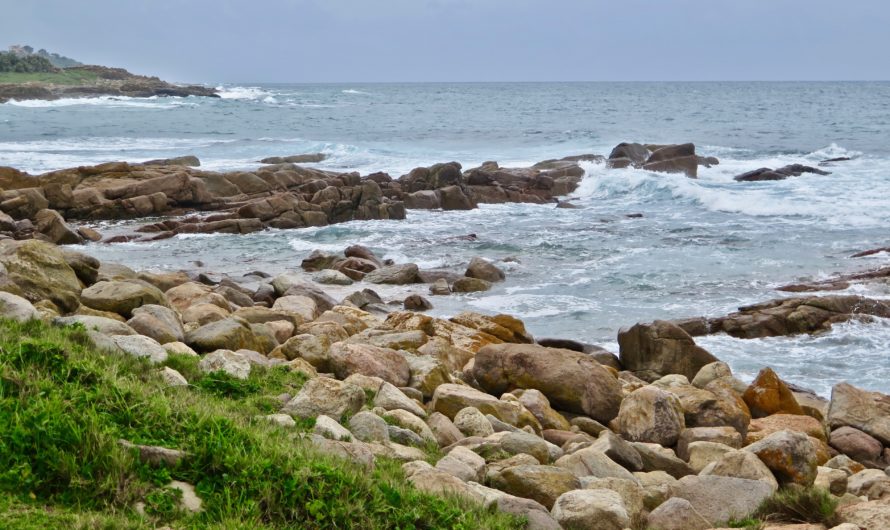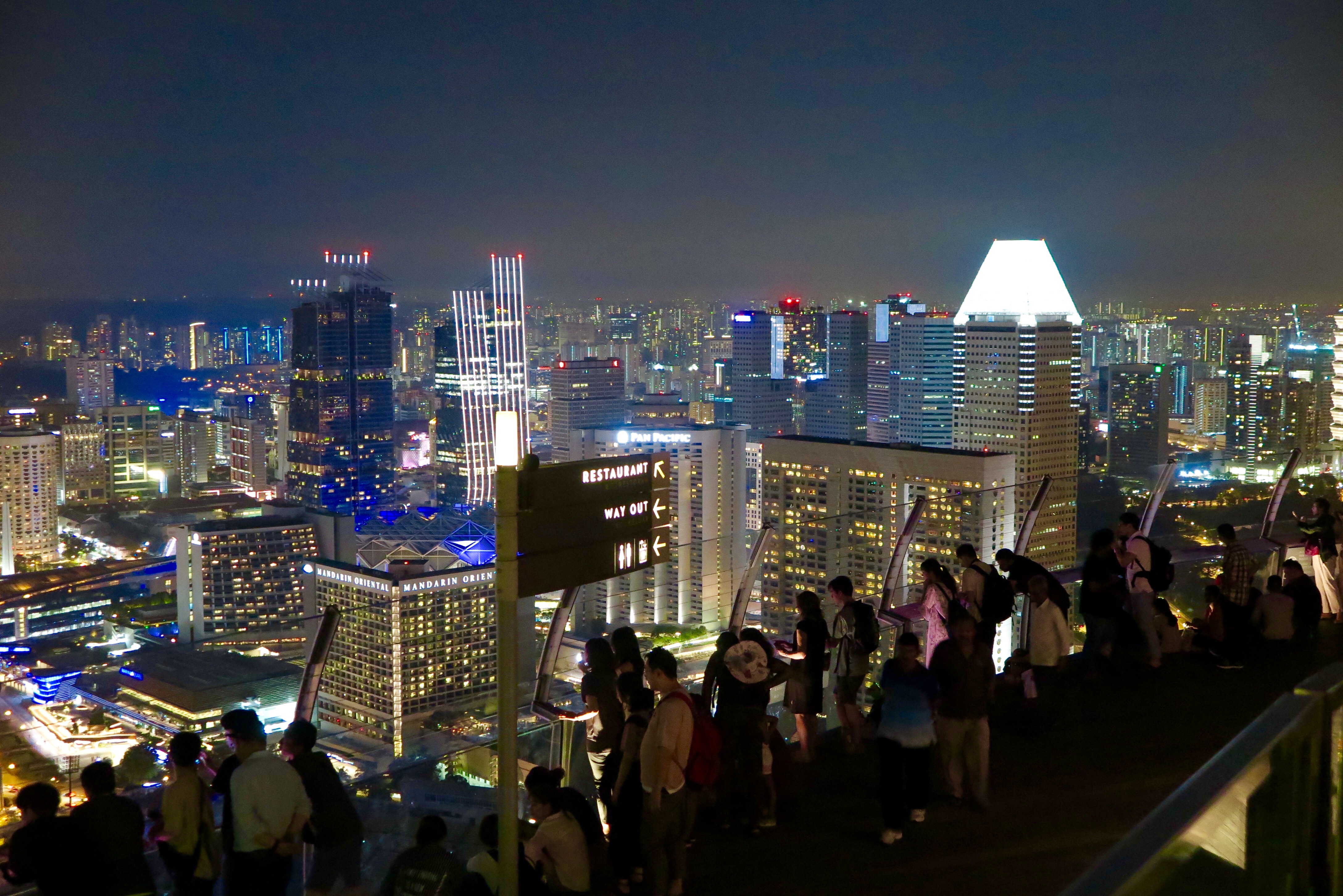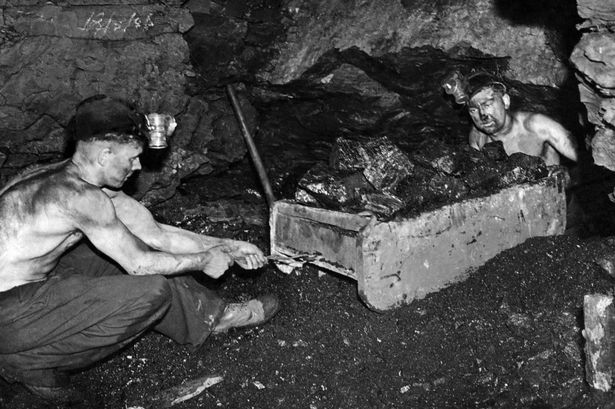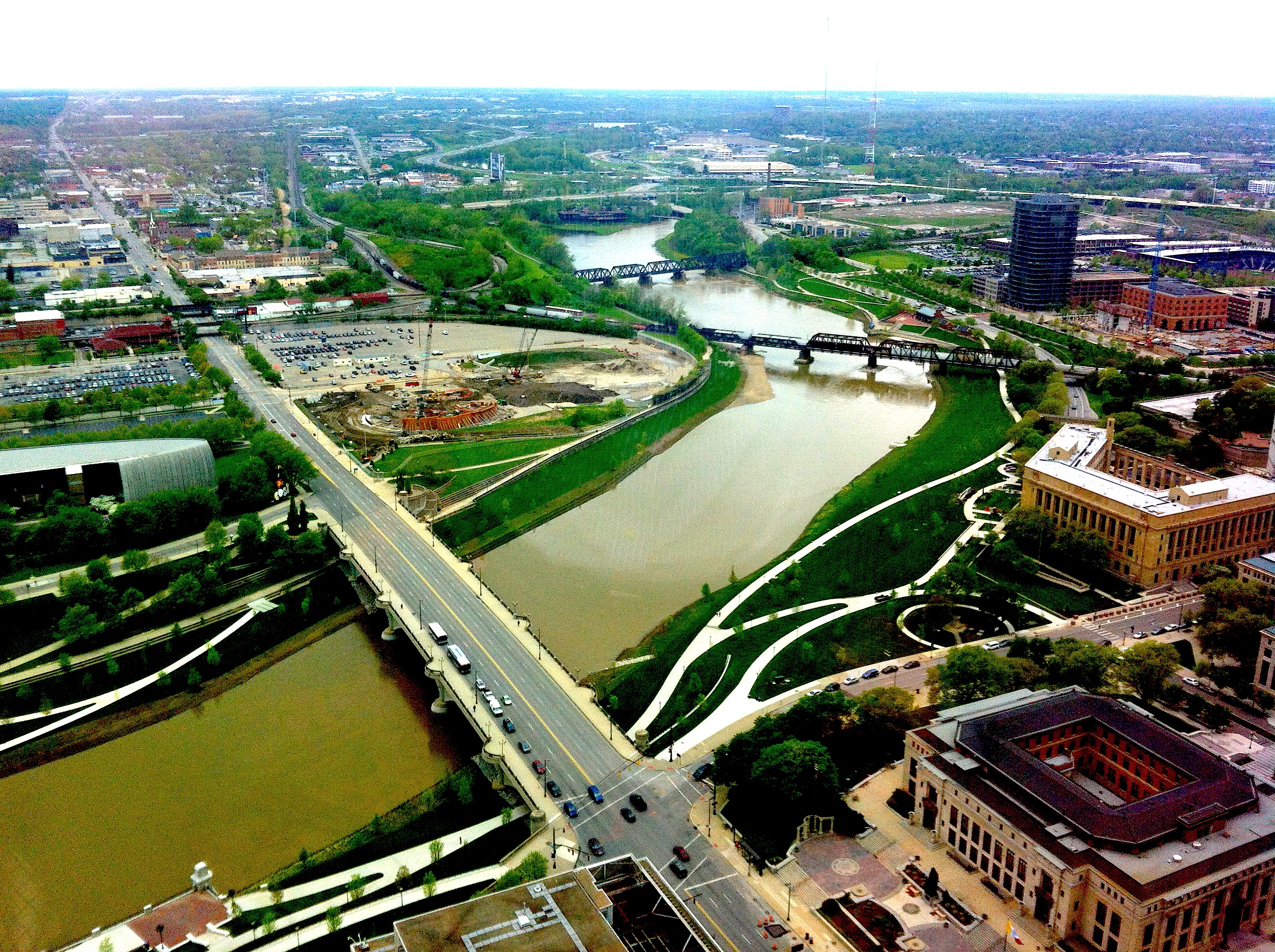Jason Rowntree’s Cattle Grazing Practices Enhance Water and Environmental Quality
LAKE CITY, MI – Two facts about Michigan agriculture are scarcely recognized outside the fences and beyond the drainage ditches of the state’s 45,000 farms. The first: farming is among the most technologically sophisticated industrial sectors in Michigan and every other state. Second: livestock farms are the state’s largest source of water pollution from toxic nitrates and phosphorus, and air pollution from methane, a powerful climate change gas. Here on Michigan State University’s 1,100-acre livestock …
